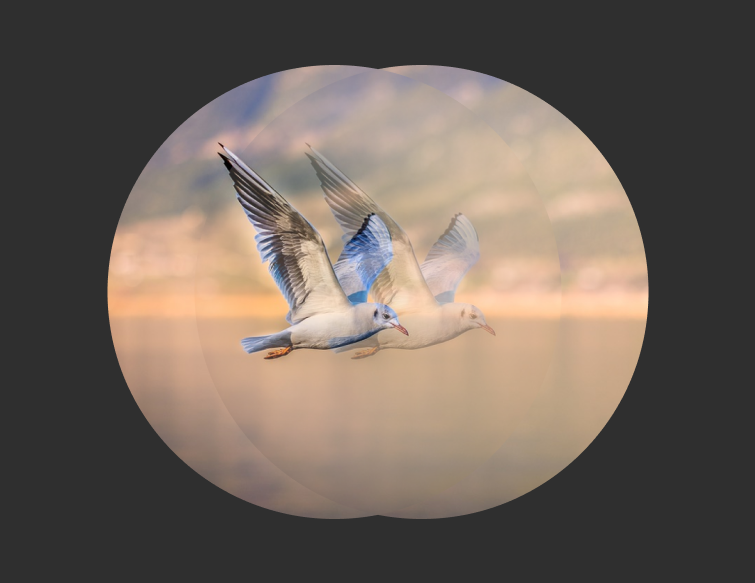Birding, or birdwatching, is a rewarding pastime that connects you with nature and the myriad of avian species that inhabit it. To truly appreciate the subtler details and behaviors of birds, a good birding scope is indispensable. Not only does it bring distant birds into clear view, but it also enhances your overall outdoor experience.
The Importance of a Good Birding Scope
A quality birding scope can mean the difference between a fleeting glimpse and an unforgettable observation. For nature enthusiasts, outdoor adventurers, and birdwatchers, investing in the right equipment is essential. Whether you’re marveling at the vibrant plumage of a Scarlet Tanager or tracking the soaring flight of an eagle, a birding scope allows you to capture these moments with astonishing clarity.
Understanding the Basics of Birding Scopes
A birding scope, often referred to as a spotting scope, is a small, portable telescope optimized for daytime terrestrial viewing. Unlike binoculars that utilize two lenses, a birding scope has a single large lens that provides high magnification and a wide field of view. This makes them ideal for long-distance birding where detail is key.
Factors to Consider When Choosing a Birding Scope
Selecting the right birding scope involves several considerations. The magnification power brings you closer to the subject without disturbing it, while the objective lens diameter determines how much light the scope gathers, affecting the brightness and resolution of the image. A larger lens typically offers a better image but can mean a heavier scope. Balance is crucial, and the best birding scope for you will depend on your specific needs.
The field of view, which is how wide an area you can see through the scope, is also significant. A wider field of view is useful for locating and tracking fast-moving birds.
Types of Birding Scopes: Straight vs. Angled
Birding scopes come in two main body designs—straight and angled. Straight scopes align the eyepiece and the barrel, which can be more intuitive for beginners and generally easier to use while standing. Angled scopes have eyepieces set at a 45-degree angle from the barrel, which can be more comfortable during prolonged periods of observation and when birding alongside people of varying heights.
Compact vs. Full-Size Scopes
Compact scopes are lighter and easier to carry on long hikes but may offer lower image quality due to their reduced lens size. Full-size scopes have larger lenses, providing brighter and sharper images but are heavier and may require a more robust tripod.
Key Features of a Quality Birding Scope
When evaluating birding scopes, consider those with waterproofing and fog-proofing capabilities, as these will stand up to variable weather conditions. Lens coatings are also important, with multi-coated or fully multi-coated options providing better light transmission and clearer images.
Testing and Comparing Birding Scopes
Before settling on a birding scope, it’s a good idea to test a few models. Look through each scope at a variety of distances and lighting conditions. Check for the ease of focus, the sharpness of the image, and the true color representation. Comparing scopes side by side can give you a sense of which one feels right for your birding style and eye comfort.
Budget Considerations
Birding scopes range widely in price, from budget-friendly options to high-end models. While you often get what you pay for in terms of image quality and durability, there are great mid-range scopes that provide excellent value for money. Determine your budget beforehand and seek the best features within your price range.
Maintenance and Care Tips
Proper maintenance and care of your birding scope will ensure its longevity and performance. Keep the lens clean with a lens brush or soft cloth, and store your scope in a padded bag to protect it from bumps and scratches. Regularly check the tripod mount and eyepiece connections, as loose fittings can affect your viewing experience.
Conclusion
Choosing the right birding scope is a personal decision that can greatly enhance your birding adventures. By considering the factors of magnification, lens diameter, and field of view, and by understanding the different types and features available, you can find a scope that meets your needs. Don’t forget to take into account budget and maintenance to ensure a wise investment. With a new birding scope in hand, you’re all set to explore and enjoy the diverse and fascinating world of birds with a fresh perspective. Happy birding!
Remember, the most important aspect of birding is not the equipment you hold, but the wonders of nature you’ll behold. With the right birding scope, every outdoor adventure becomes an opportunity to witness the beauty of our feathered friends in spectacular detail.
